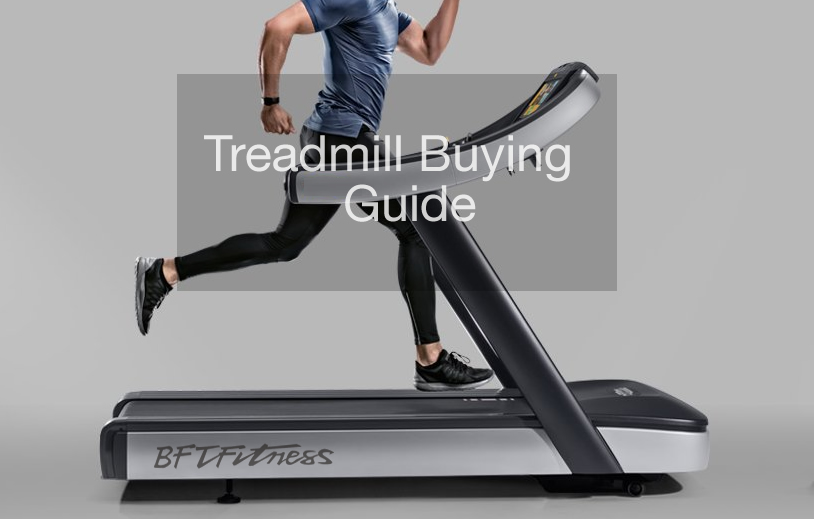Contact us
 +86 18027318690
+86 18027318690
 +86 13078842050
+86 13078842050
 admin@bft-fitness.com
admin@bft-fitness.com
 +86 020-36078553
+86 020-36078553
-
- Contact details
- Call us: +86-020-36078533 E-mail: admin@bft-fitness.com
- WhatsApp / Phone: +86 13078842050 +86 18027318690
- Where there is fitness equipment factory?
- The Best Gym Equipment For Ladies
- There are three difficulties for doing fitness
- How to use four station Mutil Functional Trainer?
- How To Use BFT Fitness Biceps Curl Machine
- How Important the Fitness Equipment that I Choose to Open a Gym ?
- How to use Seated triceps press machine?
- How to use Seated Chest Press machine fitness equipment?
- How to Open A Gym in Yangon, Myanmar.
- Bangladeshi Gym Boss in China BFT Fitness Show Room
Current Location: Home > News > >
Treadmill Buying Guide - How to select and purchase treadmills
Choosing the Right Machine

First,think about your fitness objectives.Whether it’s enhanced athletic performance,general health and fitness,or rehabilitation,knowing how you will use your treadmill can help you identify which model to buy.
Next,consider budget.Investing in a more-expensive machine gets you sturdier construction,a longer parts warranty,a larger running surface,higher top speed,and steeper incline.But if your goals don’t require the latest and greatest,you may be able to choose a less expensive model.
Keep in mind:
•Size.Most treadmills have a similar footprint,on average 77 inches long by 35 inches wide.A folding treadmill will be half its length when stored.You'll need adequate empty space around the treadmill for access and safety.
•Ergonomics.If you’re a runner,you will need a deck length that accommodates your stride.Consider how comfortable you are on the machine while walking or running.Choose a model that appeals to you ergonomically and aesthetically.
•High-tech features.Docks for iPods,USB ports,and wireless Internet connectivity are standard features on many treadmills.
•Adjustability.Most treadmills have top speeds between 10 and 12 mph;some will go faster.They typically incline between a 10 to 15 percent grade,but some offer an increased gradient.
Drawing of a man running on a treadmill.Picture is from overhead.
Illustration:Chris Philpot
For More Check Our Treadmill Ratings
Before Buying a Treadmill
It’s essential to try out a treadmill in person.Here's our try-before-you-buy checklist:
•Does the cushioning and shock absorption of the running deck feel comfortable?
•When you walk or run,do your feet hit the motor housing?
•Can you easily straddle the deck when standing on the side rails?
•Is the display monitor easy to read?
•Are the controls easy to reach and operate?
Once you've narrowed down your choices,here are some other things to consider before making the purchase.
Treadmills are heavy,so ask about delivery.Check whether assembly,tricky even for experienced DIYers,is included or available at an additional cost.
When it comes to the warranty,look for three to seven years of coverage on parts,and at least one year on labor.Most treadmills have a lifetime warranty on the frame,and you should get that for the motor as well.
And what about returns?Confirm the store’s return policy.Even if they will take back the treadmill,you might have to pay for the store to retrieve it,as well as for restocking fees.If you purchase online,find out how return shipping is handled.
Treadmill Ratings
Interactive Video Buying Guide
For more,watch our interactive video below.You can skip to different chapters on styles,fitness,key features,and other must-know topics.
Treadmill Types
Motorized treadmills are based on the same fundamental design premise:A moving belt,powered by an electric motor.But because they come in a range of prices,with varying features and designs,we have subdivided treadmills here according to price,and whether or not they can be folded.
A budget folding treadmill.
Budget Folding Treadmills
These models can have a shorter running belt,which may be sufficient for walkers.They include a display for speed,distance,time,and calories burned,as well as a shelf with water-bottle holders.These models typically do not include a chest strap heart-rate monitor or heart-rate control programs.
Pros:If walking is your primary exercise,lower-priced models should suffice.
Cons:Budget models are built from lighter materials,tend to feel less stable,and their decks might be too short for a runner's stride.
A folding treadmill
Folding Treadmills
Generally,these models will provide additional features to the budget folding models,along with more exercise programs,including heart-rate controlled setups.Some have a chest strap heart-rate monitor.
Pros:Sturdier construction makes these treadmills better suited for occasional running.
Cons:The deck on many models may still be too short for runners with a longer stride.
A non-folding treadmill
Non-Folding Treadmills
These treadmills offer a sturdier deck and frame,a longer running belt,and larger running surfaces.
Pros:The best choice for frequent runners,and constructed of heavier,more robust materials.Integrated heart-rate control programs,higher max speeds,and steeper max inclines are typical.They are rated for heavier people and come with the longest warranties.
Cons:It may seem odd,but these pricey models tend to have fewer built-in programs.When every square foot counts,space considerations are non-negotiable.
Treadmill Features
Treadmill makers look for ways to make exercise less monotonous and more interesting.Your task:Decide which features you need,without paying for options you don't care about.
For example,consider your training style.Do you need to be distracted from your workout,or do you enjoy planning your fitness regimen and creating physical challenges?If it's the former,entertainment features and automated programs might take priority.Otherwise,features such as max speed,incline settings,heart-rate monitoring,and interval programs should take precedence.
Remember,a treadmill is merely a tool to make strides toward your cardio-fitness and health goals.Keep those objectives in mind to help identify features that are important to you.
If you want to buy gym equipment,you can contact us ! We are manufacturers !
Contact us now for a no obligation free quote.
Related Article



